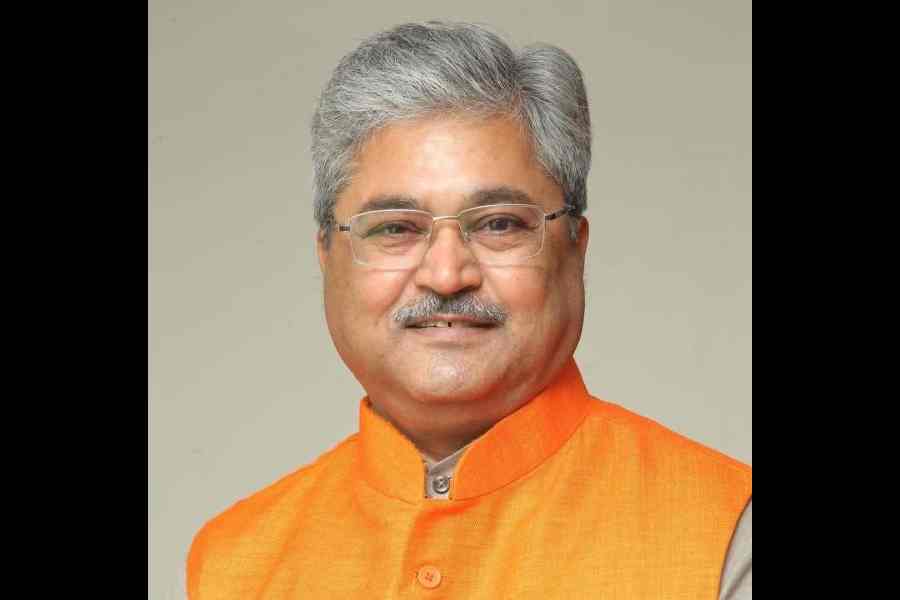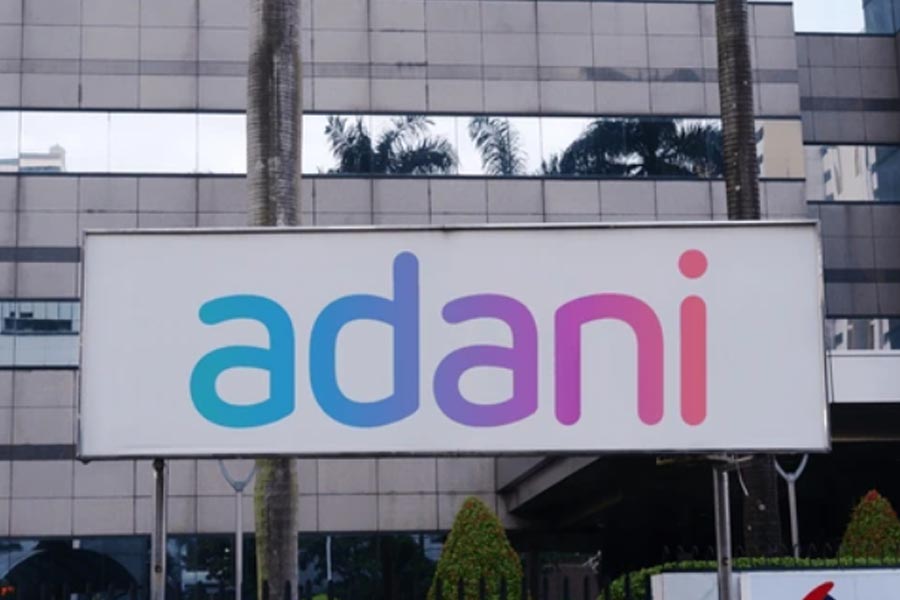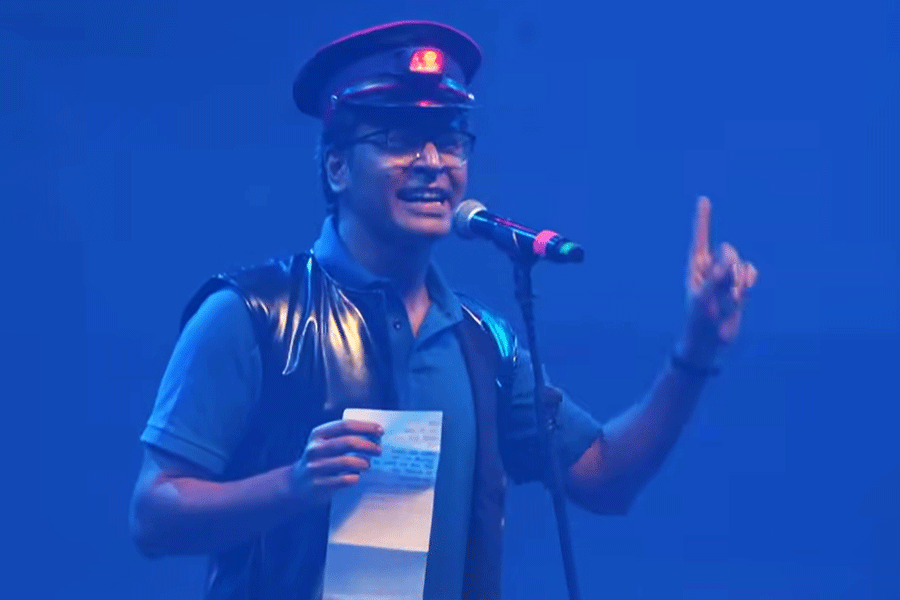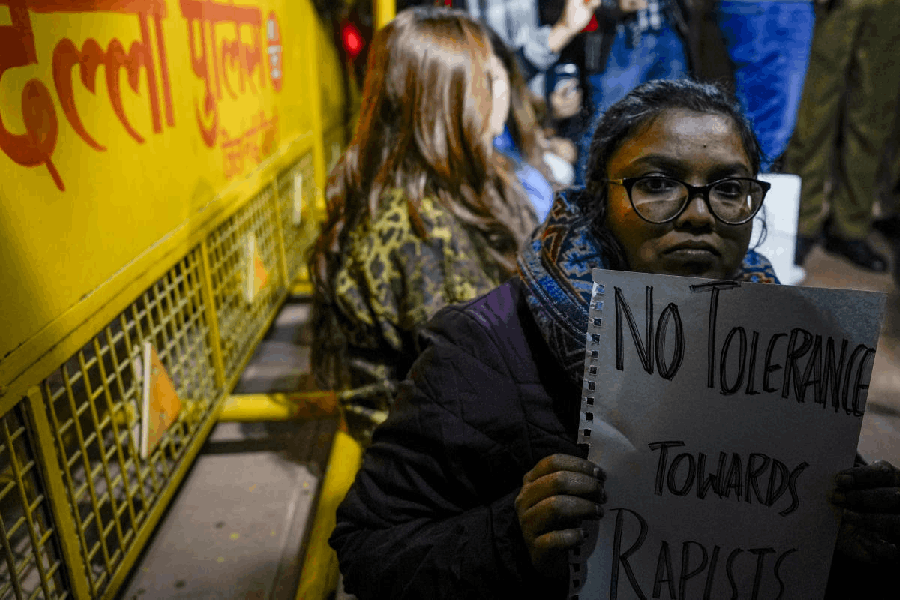The familiar snarl on Tallah bridge is likely to be replaced by a longer one on roads leading to it because cars will not be allowed to stop on the bridge and police have to ensure that there is no queue of vehicles on the 57-year-old structure.
Bus movement on the bridge will be stopped from Sunday morning to reduce the load on the structure that is in a “very poor condition”. Heavy goods vehicles had been barred from using the bridge a week ago.
The ban on bus movement is likely to throw traffic out of gear in large parts of north Calcutta and its northern fringes. A large majority of commuters from the northern fringes used the bridge.
The government had requested the Metro Railway authorities to run extra trains for the benefit of daily commuters, but a senior Metro Railway official didn’t see it happening immediately.
Under the present arrangement, the gap between two trains at Noapara is 12 minutes during peak hours. Every alternate train goes beyond Dum Dum during the rush hours. During non-peak hours, every third train reaches Noapara and the interval goes up to 18 minutes. Metro authorities are trying to reduce the interval between two trains to 12 minutes even during the non-peak hours.
The ban on heavy goods vehicles and buses became necessary after an inspection revealed very poor health of the bridge. The highway division of railways subsidiary RITES submitted a report to the Bengal government where it said that the bridge was not even fit for pedestrian movement.
However, as the report was based on visual inspection it was decided to allow only light vehicles on the bridge till a more detailed assessment of bridge’s health was done. Sources said that a load test was likely to be conducted next week when the bridge would remain shut for some time. The load test would help determine how much load can ply on the bridge.
Depending on the outcome of the load test, engineers will be able to say whether heavy vehicles can be allowed once again or only light vehicles will ply, or whether the bridge should be totally shut down.
Police officers said they were expecting snarls on Sunday as it was the last one before Durga Puja. Longer snarls are apprehended on Monday and the situation could worsen during Puja.
The decision to not allow any queue or snarl on the bridge is also aimed at ensuring that there is no additional load on the bridge, said engineers assessing its health.
A snarl on the bridge will mean that the numbers of cars on it at any point of time will be more than in a no-snarl situation. “In case of a snarl, cars stand very close to each other. It is a chock-a-block situation where the number of cars on a bridge is very high,” said an engineer.
The high number of cars means the weight of cars on the bridge is more.
A police officer involved in planning traffic movement on the bridge from Sunday said that they would allow only a few cars to take the bridge at one go. “Police personnel will remain posted at two ends of the bridge. We will allow only a few cars that we think will be able to cross the bridge without getting stuck in a snarl on the bridge,” said the officer.
He said that cars would be made to wait at the two ends to ensure no snarl on the bridge.
A lot of daily commuters could be looking at availing Metro Railway from Dum Dum and Noapara stations but the trains could become very overcrowded. There is no immediate plan to run more trains from Noapara, said a Metro Railway official.
The lack of enough motormen is the main reason behind the carrier’s inability to run more trains from Noapara, said Metro sources.
On an average, Noapara station sees around 9,000 passengers every day. But in the wake of Tallah bridge being out of bounds, a lot of people will opt for the Metro link from Noapara, said police officers.
Sources in Bengal government said that even pedestrians would be made to wait at the two ends of the bridge and allowed to go in batches of small groups.











